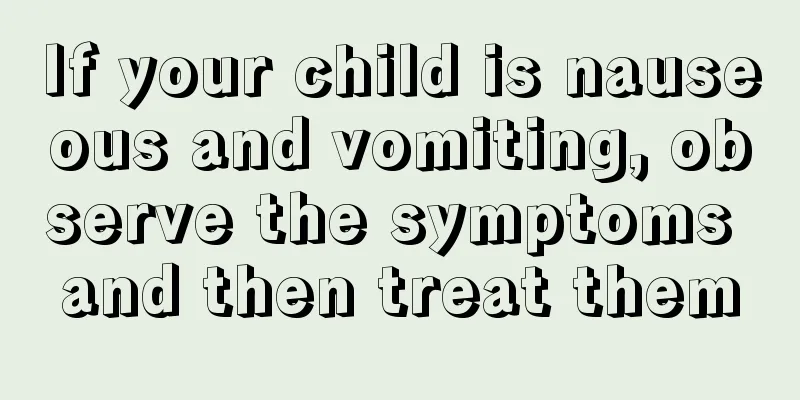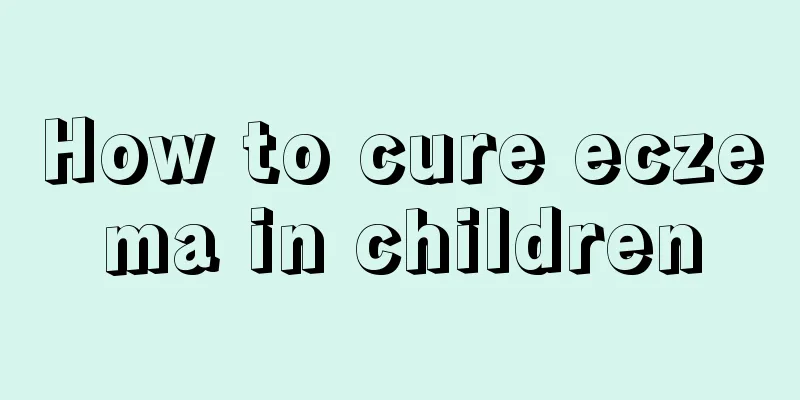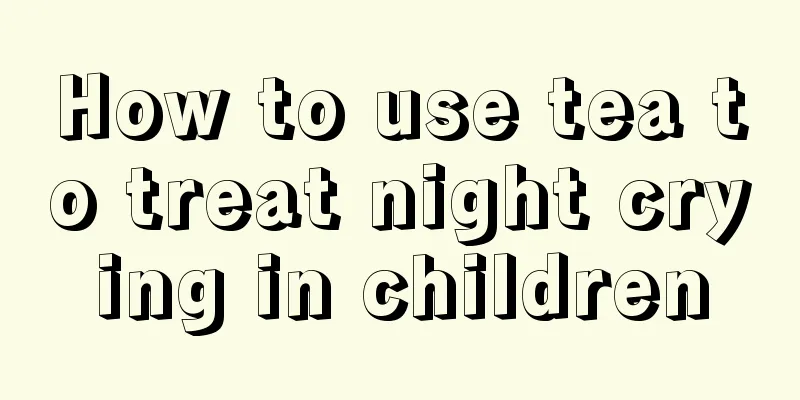What to do if you get a bump on your forehead?

|
In daily life, the forehead is often hit due to carelessness. After the injury, a bulge will appear, which is mainly caused by swelling and pain. In addition to the pain, the swelling also looks very unsightly because the forehead is more prominently located. This situation makes people very concerned about the solution, and they hope it can be resolved as soon as possible. So, what should you do if you get a bump on your forehead? Let’s take a look at it below. The correct way to treat it is: apply cold compress for the first 72 hours and hot compress for the next 72 hours. Any swelling or swelling on any part of the body should be treated with cold compress as soon as possible. As long as the child cooperates, 15 minutes at a time is best. If the child does not cooperate, you can apply it as long as you want and there is no limit to the number of times.Purpose of cold compress Cold compress is used to stop bleeding, prevent hematoma from increasing, and reduce subcutaneous bleeding and expansion. Purpose of hot compress The purpose of hot compress is to promote blood circulation and fully dissipate blood stasis. The order of the two must not be reversed, otherwise it will lead to more serious consequences. The earlier you start cold compress treatment, the better the effect. The fastest time for this naughty kid to have swelling go down was 10 hours. His head hit the ground and the swelling was about the size of his fist. I immediately applied cold compress to him. Fortunately, he cooperated and applied the cold compress for the full fifteen minutes. I then applied it again when I had time. By dinner time, I could hardly feel the swelling. If you don’t cooperate, the application time will not be long enough, but the swelling will basically go away by the next day, and the swelling will not last more than three days. What should I do if the swelling breaks and bleeds? First rinse the wound with clean water, press to stop the bleeding and then apply cold compress. When applying cold compress, you should avoid the wound and apply cold compress around the wound. The compress bag should not be directly attached to the skin. There should be isolation materials such as handkerchiefs in between. Ice packs should be kept in the refrigerator 24 hours a day, with at least two replacements. If there is no ice pack, you can use a plastic bag filled with ice water instead. If there is really no time and the skin is not broken, you can temporarily use a cooling patch instead.
1. A baby under 2 years old falls from a height higher than 1 meter, and a child over 2 years old falls from a height higher than 1.5 meters; 2. Becoming sleepy or listless during normal waking hours, or being unable to wake the child when he or she is sleeping at night; 3. Persistent headaches (even after taking acetaminophen, the baby will cry to express it, and this crying is often difficult to comfort) 4. Confusion of consciousness, impaired limb movement, crooked mouth and eyes, and slurred speech; 5. Blurred vision occurs for a long time, more than 5 minutes; 6. Heavy bleeding that cannot be stopped after pressing for 10-20 minutes; 7. There is a noticeable depression on the skull; 8. Frequent vomiting (more than 2 times) within 72 hours; 9. Suspicious discharge from the nose or ears; 10. Other situations that make you very worried.
1. Avoid moving your child as much as possible. Changing the limb position may cause more serious secondary injuries, unless maintaining the current position will put the child in a more dangerous situation. Also try to avoid bending or twisting the child's neck. 2. Check if the child is breathing. If breathing has stopped, perform CPR on the child (search the keyword "first aid" to view articles related to CPR) 3. If very heavy bleeding occurs, stop the bleeding by applying direct pressure to the wound with a clean cloth or clothing. 4. After dialing 120 emergency number, wait quietly for the ambulance to arrive and do not send the child to the hospital without permission. |
<<: There is a bump on the baby's head
>>: Behavioral habit formation education
Recommend
Symptoms of a ruptured eardrum in a baby
There is a tympanic membrane inside the ear, whic...
What to do if your two-year-old baby is grinding his teeth
Many people think that teeth grinding is only a p...
What is the cause of premature graying of hair?
Now my friends around me have always been trouble...
What causes redness and swelling around the anus in children?
Perianal abscess is an emergency in the anorectal...
What blood type will a child born from type O and type B blood have?
Blood type is a very magical thing. It is not jus...
What should children eat to grow taller and fatter?
With the improvement of living standards, many pa...
Is it normal for a child to lose teeth at the age of five and a half?
We all know that children will change their teeth...
Baby's jam-like stool
Children's stomachs are very sensitive and fr...
What to do if your child's palms and soles sweat
For every family, children are like gifts from Go...
What to do if your 15-day-old baby gets angry
For a 15-day-old baby, the physical fitness is ve...
What should I do if my child wets the bed? These methods should be known
In the eyes of many adults, bedwetting is very no...
What to do if a child is mycoplasma positive
My brother's youngest son is now two years an...
What are the symptoms of mycoplasma infection in children
Mycoplasma is extremely harmful to human health, ...
Treatment for a two-year-old baby's cough at night
We all know that many people have experienced cou...
What should I do if a 4-year-old child has a fever of 35.5 degrees?
There are many young mothers who do not take good...









